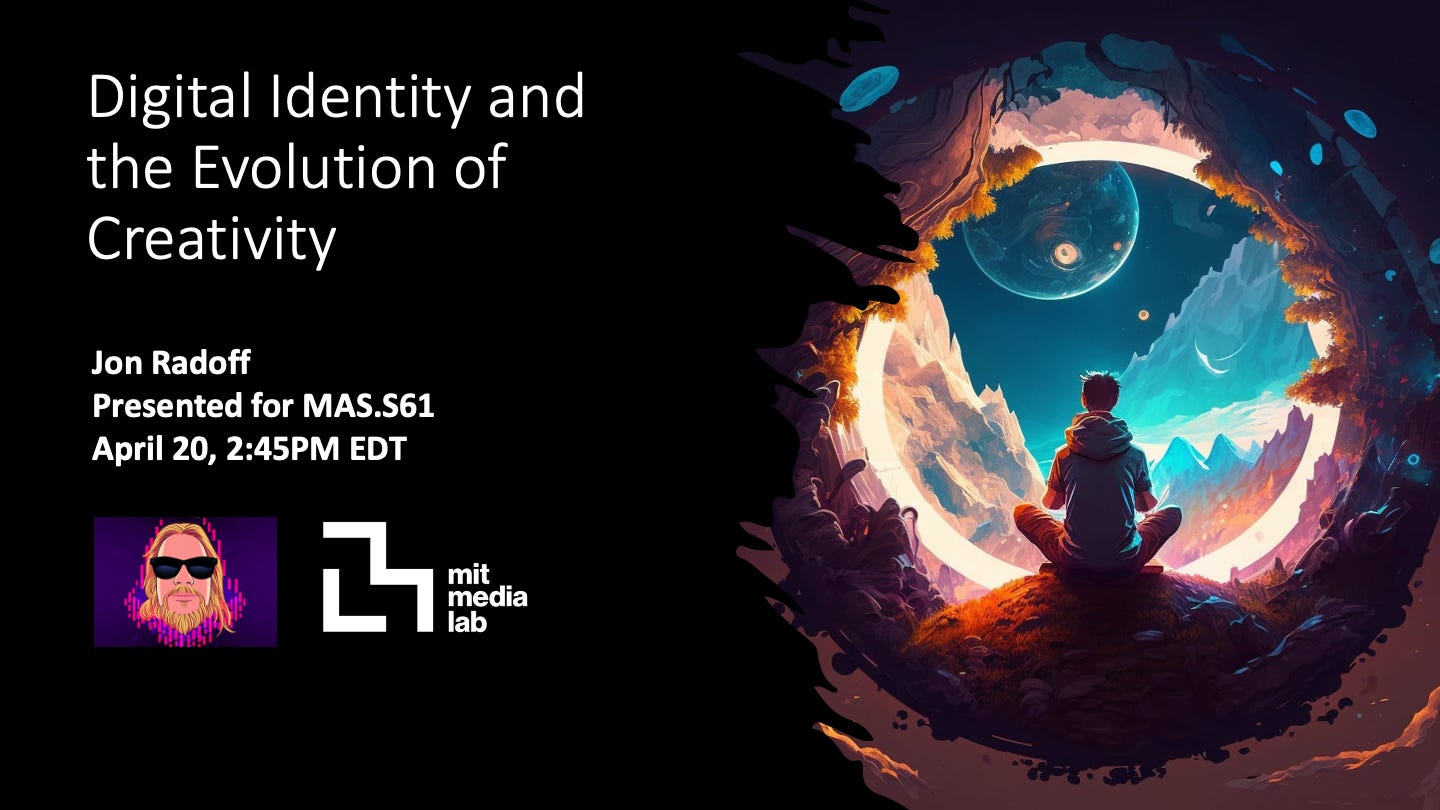Skybox AI with Adam B. Levine | Blockade Labs
Creating 3D environments for Games with AI
A number of AI companies are focused on accelerating the creation of game development: this includes my own company, Beamable—focused on the backend—as well as generative AI companies like Scenario and Blockade Labs.
These two (along with Anthropic AI) were fused together using “semantic programming” to win the AI Virtual Worlds hackathon during LA Tech Week.
I recorded a conversation with Adam B. Levine, cofounder of Blockade Labs, the company responsible for the generative skybox AI that can create 3D skyboxes from text prompts or sketches. One of the best applications of this technology is created environments for use in game engines like Unity and Unreal. We explored some demos of what this can do covered, and discussed the future of games, creativity and technology.
Beyond the technology and its applications, we discussed the merits of decentralized AI vs. decentralized approaches ] (i.e., open-source models like Stable Diffusion compared to API-centric models like OpenAI).
Podcast Version
You can see the podcast version of my conversation with Adam B. Levine on Spotify.
Show Notes
I made the opening demo of skybox AI’s sketch mode was done by tracing over a photo I took in the Himalayas.
LDM3D: Latent Diffusion Model for 3D is a paper by Intel researchers and Scottie Fox (Blockade Labs) about creating depth maps from 2D inputs.

We talked about surging demand for GPUs and the constraint that is placing on AI growth. See also: Nvidia GPUs see massive price hike and huge demand from AI
Moviebot is one of the commercial products being built with Skybox AI.
We touched on my talk at MIT, Digital Identity and the Evolution of Creativity—when discussing centralized vs. decentralized approaches to AI development.
In the discussion on centralized vs. decentralized AI, we referred to the LLaMA paper.
Adam mentioned Windowai, a website for running AI inference on public models, on your local device without, without needing to share your input data.
Adam brought up LoRA: Low-Rank Adaptation of Large Language Models, a method for optimizing models (see also: Stable Diffusion: What Are LoRA Models and How to Use Them?).
LAION is a non-profit dataset of image-text pairs, used to train models like Stable Diffusion.


